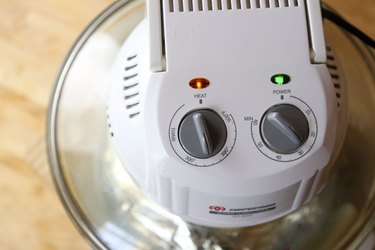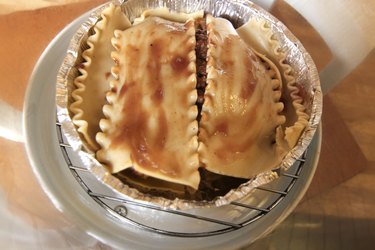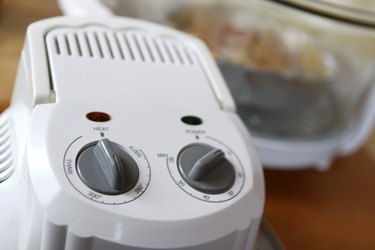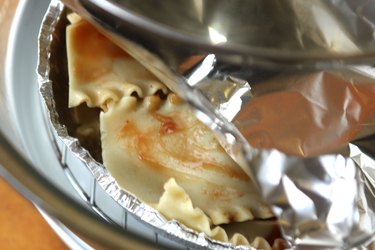
Convection ovens cook food faster by actively circulating hot air around the baking pan. Rather than burning the bottom layer of a lasagna, as is common with conventional ovens, convection ovens heat food more evenly. All recipes designed for conventional ovens need some adjustments for a convection oven to prevent overcooking. (See Reference 1.)
Examine the Recipe for the Oven Type
Video of the Day

Determine if the recipe requires a convection or a conventional oven. Convection ovens generally cook food in less time. See Resource 1 for a convection oven lasagna recipe that requires only 35 minutes of baking rather than 45 required from a conventional oven.
Video of the Day
Adjust the Oven Temperature

If the recipe is designed for a conventional oven, lower the convection oven temperature by 25 degrees F. Convection ovens will also require 25 percent less cooking time (see Reference 2). A lasagna recipe that requires 60 minutes in a conventional oven could be ready in a convection oven in as little as 45 minutes. (The lasagna when ready will be hot and bubbly and the cheese melted.)
Cover the Lasagna for Longer Cooking

Should the lasagna require 45 minutes or more of baking in a convection oven, the pan will need to be covered for the first half of cooking. This prevents the lasagna from drying out. Remove the cover during the last half of cooking to allow the top to brown and the cheese to melt. (See Reference 3.)